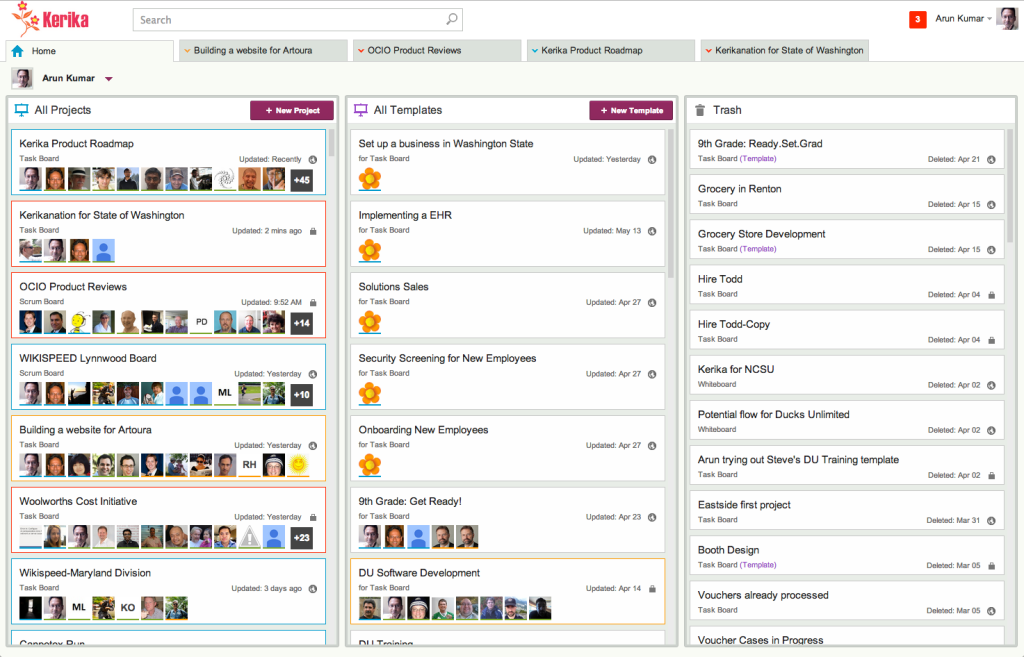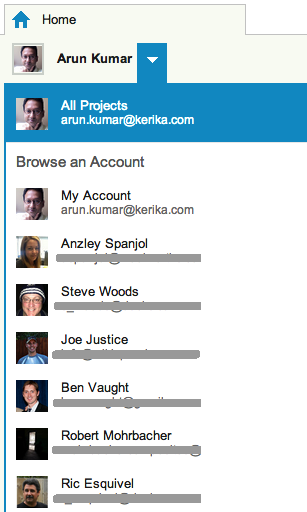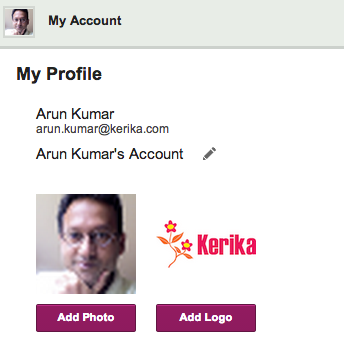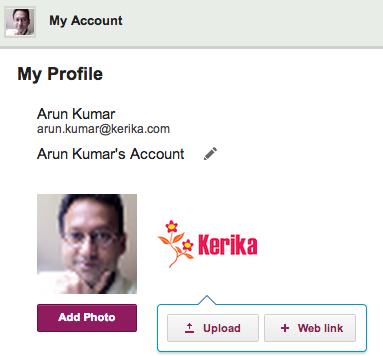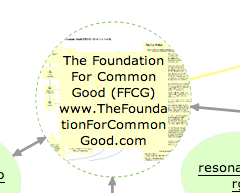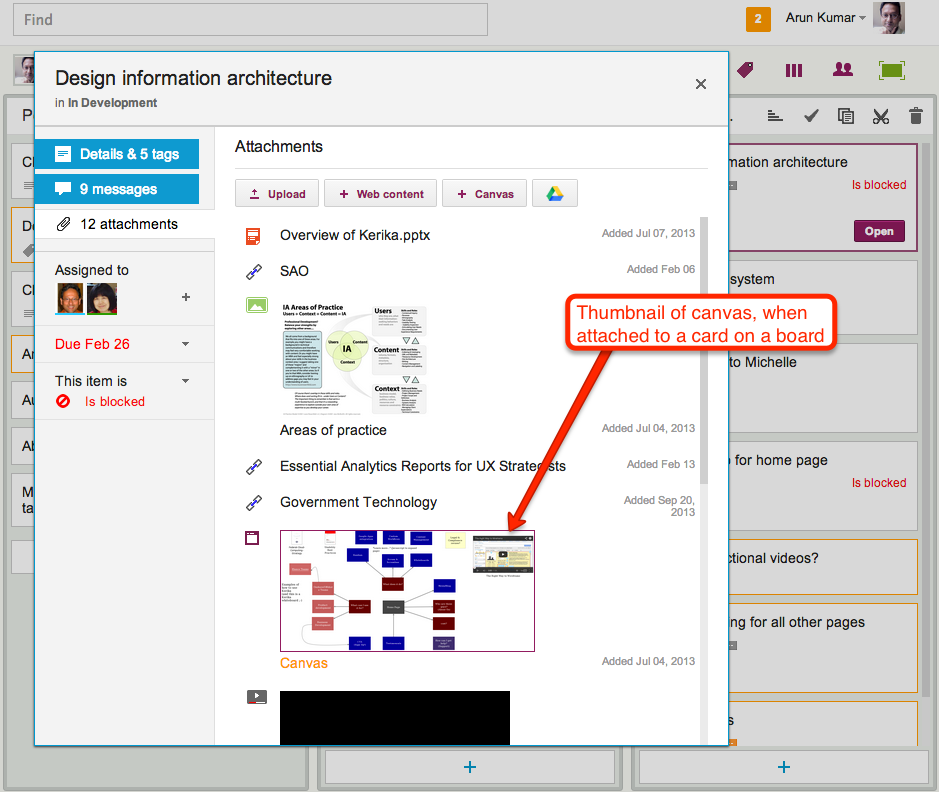Something that we have learned in the course of making Kerika the best designed tool for work management: don’t rush to implement all of your bright ideas!
When we observe a usability problem, we tend to get riled up rather quickly because we take such pride in our work.
The result is a bunch of really good ideas about how to fix the problem.
And to improve the fix.
And to make the fix even better.
(You can probably see where this is going…)
It’s really easy to over-fix a usability problem, by applying too many fixes, too fast.
Here’s another approach you can try:
- Collect all your bright ideas.
- Sort them, so you have only really good ideas.
- Now, implement the smallest change that you think will fix the problem.
- And then, eat your dogfood: use the improved product for a week at least, and see if the small change was sufficient.
We have found this is a good remedy to the more common problem of over-designing a solution: rather than build an unnecessarily complex change, or one that creates its own usability problem — often by making a subtle change in the UI metaphors that the user has already learned by mastering other parts of the product.

